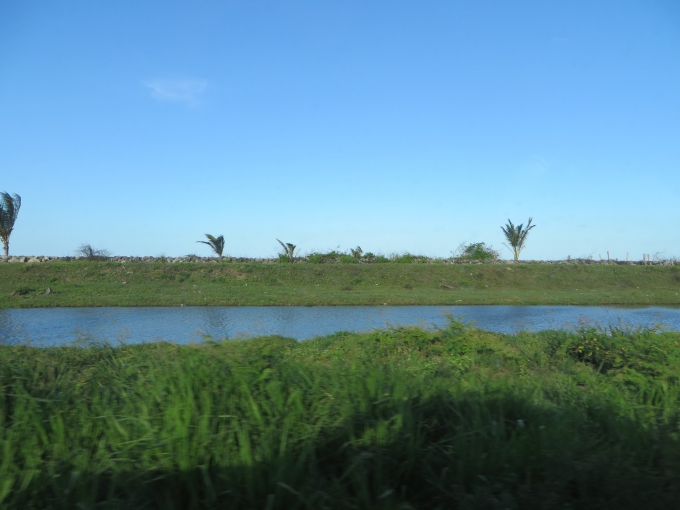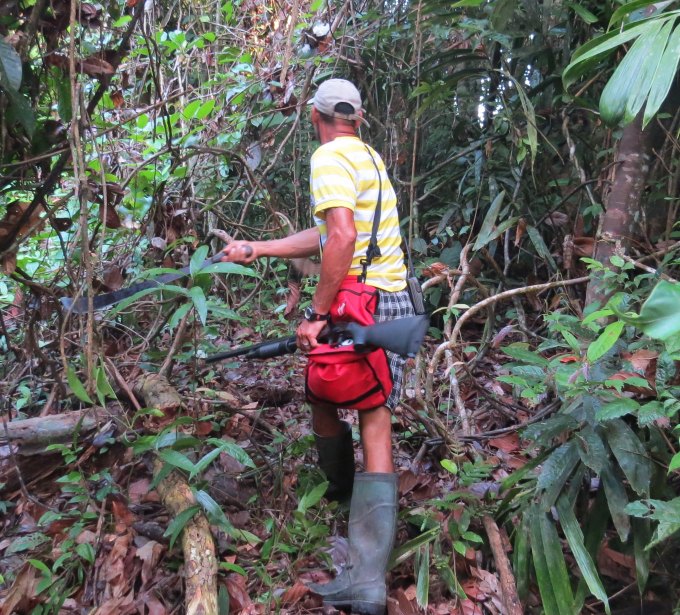Georgetown, Guyana's Capital - Pt. 2
/Despite the fact that this is the rainy season in Guyana, the day dawned sunny, hot and dry … an auspicious start to our exploration of Guyana's capital and largest city, Georgetown. The French originally colonized it and called it Longchamps back in 1782. The Dutch took over in 1784 and renamed it Stabroek. The Brits took over in 1812 and renamed it once again … Georgetown, in honor of King George III (known for two things … losing the American colonies and going mad). Located between the banks of the Demarara River and the shores of the Atlantic, this small city is below sea level and protected by the Georgetown Sea Wall.

Guyana is only beginning to establish a tourism infrastructure and not much information is readily available. Our friend, Gem Madhoo-Nacimento, gave us a 2016 Guyana tourism magazine and had also just published a “Where and What” booklet which provided us with lots of good information ... from maps to major sightseeing spots to Guyanese proverbs.
We started out early from the hotel, on foot headed down Laluni Street. We were bound for the Botanical Gardens, but right off the bat, I spotted something of interest … several houses with traditional Demarara shutters. The shutters push out and small boxes beneath them used to hold blocks of ice which cooled the house as the breeze blew through. There always seems to be a breeze in Georgetown.
Then I spotted an interesting looking fruit stand in an old house ...
...and a horse-drawn cart delivering lumber.
It obviously took us awhile to get to the gardens, but we finally arrived. Located next door to the zoo, we weren't sure what to expect. It certainly wasn't the Kew Gardens, but it was a pleasant area in which to stroll around in the early morning.
Guyana's national flower, the Victoria Regia, a stupendous Amazon waterlily, was in bloom in a small pond.
We wandered around for awhile and then sat on the steps of the Kissing Bridge to watch monkeys play in the trees.
To my delight, a toucan landed on a nearby tree, followed by another. They had our attention.
Since the zoo was adjacent and cost $1/entry for both of us, we decided to give it a look. Once again, we were pleasantly surprised.
There are big plans for upgrading and renovating the zoo, but in general, the animals looked pretty well cared for. Though small, the zoo held a good variety of South American animals, from kinkajous to jaguarundis. We pretty much had the place to ourselves other than the animals. There were several big cats, lots of birds, very large snakes, evil-looking caimans and blue-eyed monkeys. Manatees gobbled up greenery in a large, open pond.
From the zoo, we walked another couple of blocks specifically to see an impressive sculpture by Philip Moore commemorating Cuffy, a national hero and the leader of the 1763 slave rebellion against plantation owners.
We've done lots and lots of walking, but there's more to see and do. Relax, kick up your feet and rest for a bit. We'll continue our tour tomorrow morning.




































